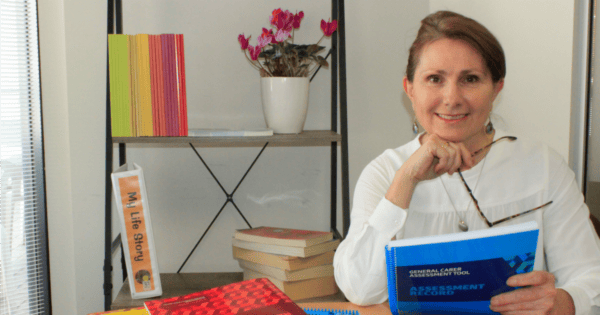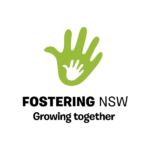

In the lead up to Foster Care Week (11th – 17th September), we spoke to Dr. Wendy Foote, Deputy CEO of the Association of Children’s Welfare Agencies, about the invaluable role played in our community by foster carers in bringing stability and security to vulnerable children and young people who are unable to live at home.
“People think you have to have a big house that you own, and be married,” says Dr. Foote.
“The truth is that you can be gay or lesbian, you can be single or in a committed relationship; you can be someone who has raised your own children, or is wanting to be a parent for the first time. Carers come from all walks of life, are all ages and also reflect our multicultural society, with many carers coming from the Aboriginal community. What carers can offer is matched to the different needs of the child.”
“Children in foster care have different needs – some need emergency care, others need short term care while other children need long term care, and may be suitable for adoption. Some children need a grandparent figure to provide respite care to back up permanent carers.”




